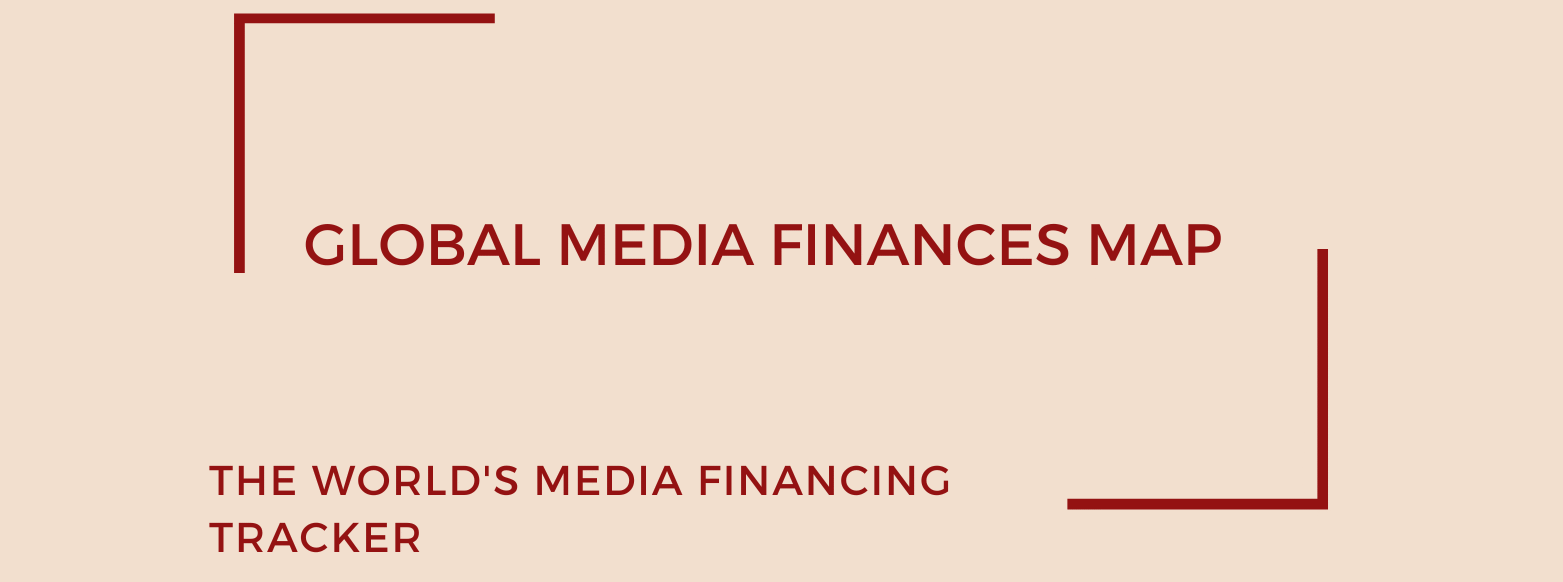Print Is Dead in Romania, Long Live Online
By Iulian Comanescu
Back in the early 2000s, the Romanian media market was filled with excitement about the potential of the World Wide Web and the emerging field of mobile apps. There was talk of interactivity, vibrant animated content, real-time audience reporting, and detailed analytics. Additionally, the cost of publishing online was much cheaper than traditional print methods, with no need for prepress, printing, or physical distribution. The ability to engage in ongoing conversations with readers and users was also enticing. Many print media brands saw this as a golden opportunity, both in terms of business prospects and content possibilities. However, how many of these hopes were actually realized? And what impact did this have on the current state of the Romanian media?
An analysis of the three largest print media groups
The bright future described above came true in one respect: both readers and publishers migrated online. Print decreased dramatically, along with the decline in quality, public relevance, and impartiality of the products.
In 2008, during the peak year of the Romanian print media, there were over 15 daily national newspapers audited by the Romanian circulation auditing office (Biroul Român al Tirajelor, BRAT), with a total of more than 897,000 copies sold per day. However, by 2022, only five titles remained in print, with a total print run (BRAT no longer communicates sold circulation) of less than 67,000 copies each day. These remaining titles were mostly tabloids, which are aging alongside their readership.
From 2005-2006, all traditional media titles started investing in their online editions, and the increase in online traffic was remarkable. This led most print newspapers to discontinue their expensive and unsuccessful print editions, while maintaining an online presence.
However, the big issue is that money did not follow the readers and publishers. In 2008, print advertising sales totaled €82m, compared to €16m for internet advertising. One year later, the global economic crisis slashed print ad revenues to less than half (€37m), while internet advertising continued to grow (€19m). The decline in print media revenues persisted, despite the recovery of other segments such as TV and online advertising. By mid-2010, print revenues had stabilized below €10m while online revenues continued to grow rapidly.
It is difficult to directly compare the profitability of print and online editions as they are operated by the same companies when both exist. The publishers’ financial data do not provide a clear picture of the relative profitability of print and online publishing. However, by examining their total turnovers, we can gain insight into the overall financial evolution.
Adevărul Holding and Ringier Romania are two major media groups that still operate three out of the five remaining print newspapers: Adevărul, Click!, and Libertatea. Editura Evenimentul și Capital, on the other hand, started with two titles that were sold by Ringier to a local businessman in 2010 and now only has online assets.
The revenues of these three publishers have been decreasing since the beginning of the 2010s, but they have started to stabilize towards 2018. We have chosen these three companies because they have remained relatively stable throughout the period, and their evolution is indicative of the entire market.
Where are the missing millions?
Surprisingly, publishers’ revenues do not reflect the significant growth of the online market that began in the mid-2000s. This is further supported by data from Media Fact Book/Initiative Media, which confirms the boom in the online advertising market.
While print’s stabilization at €6.2m, which is less than half of what online was in 2008, is clear, the €239m spent online in 2022 do not reflect in the publishers’ revenues. The explanation lies elsewhere.
Since the 2000s, a significant portion of online advertising spending has been directed towards global players, primarily Alphabet/Google and Facebook. Local publishers have been unable to capitalize on their substantial increase in audience. According to the Media Fact Book, in 2019, the distribution of advertising budgets was as follows: 18% for local display, 52% for Google Ads, 23% for Facebook, and 7% for programmatic ads. The term “local display” refers to the share of local publishers. In other words, in 2019, Romanian online media generated advertising revenues of approximately €19.5m, while print and media accounted for slightly over €25m. Going back to 2008, online ad spending was €16m, almost entirely local, while print reached €82m, totaling €98m.
Conclusions
The advertising revenues of both print and online media experienced a significant decline in 2019, dropping to just one quarter of their 2008 levels. This sharp decrease has had predictable and obvious repercussions on the quality and political integrity of these media outlets. It is important to note that Romania is not the only country facing this issue; similar markets have also been affected due to the disappearance of revenue from circulation sales and the failure of paywalls.
However, there is a positive evolution that might be interpreted as a glimmer of optimism. Romanian publishers have managed to generate some revenue through Google Ads. While major media companies showed little interest in this source of marginal earnings a decade or two ago, many have now implemented the AdSense code in recent years. It is worth mentioning, though, that the majority of Google’s funding goes to high-traffic sites, regardless of their content. This has inadvertently fueled the proliferation of fake news sites, some of which do not even have political propaganda as their primary objective. These sites can achieve high traffic and financial success with just one or two writer-entrepreneurs, as fabricating facts and publishing them on an open-source platform is much cheaper than producing real and relevant content. Since Google tends to be content-agnostic in spite of its own attempts at promoting quality and factual truth, it is debatable whether the ad revenue it provides is a real lifeline for Romania and similar media markets
Overall, the decline in advertising revenues has had a profound impact on the media landscape, affecting both quality and political integrity. While some publishers have managed to find alternative sources of revenue, the dominance of high-traffic sites and the rise of fake news remain significant challenges that need to be addressed.

